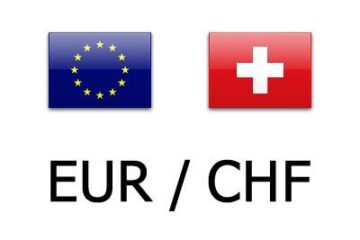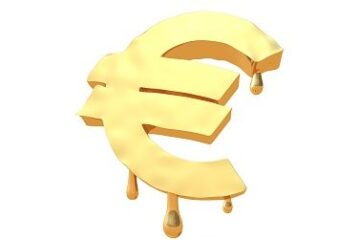The S&P 500 has climbed 8.5% since June 15 and 4.7% since July 26, loosening financial conditions.
After dropping for the first 5 ½ months of the year, the S&P 500 has rebounded 8.5% since June 15 and 4.7% since July 26, the day before the Federal Reserve raised interest rates.
Investors have turned enthusiastic toward stocks partly because Fed Chairman Jerome Powell said after the rate hike that the central bank will eventually slow its rate hike campaign.
And the July 28 news that GDP contracted an annualized 0.9% in the second quarter led investors to conclude that the Fed might pivot soon to cutting interest rates.
Never mind that the Fed said in its statement announcing the rate increase that it “anticipates that ongoing increases in the target range [for the federal funds rate] will be appropriate.” And never mind that Powell said, “the labor market is extremely tight, and inflation is much too high.”
Bullish in Spite of it All
Despite all that, investors have clearly turned more bullish. Another factor boosting sentiment is that Apple (AAPL) – Get Apple Inc. Report and Amazon (AMZN) – Get Amazon.com Inc. Report reported stronger-than-expected revenue for the second quarter.
But not everyone is convinced the stock recovery will last. “This is a rally within a bear market rather than the start of a new bull market,” David Donabedian, chief investment officer of CIBC Private Wealth U.S., told Bloomberg.
“We would expect a lower price-earnings ratio if we were at the bottom of the market. While the equity market has partially recovered, we expect it will retest the lows we saw in June.”
The S&P 500 remains down 14% year to date. As of July 22, the forward 12-month price-earnings ratio for the index was 16.7, barely below the 10-year average of 17.0. And the last 10 years was a period when the S&P 500 surged 11.38% annualized.
Good or Bad?
You would think that a stock rebound is a good thing, even if it’s just a bear market rally. But some say this isn’t the case. That’s because rising stocks mean a loosening of financial conditions. And the Fed is seeking to tighten financial conditions to slow inflation.
Just July 29, the government reported that the personal consumption expenditures price index, the Fed’s favored inflation gauge soared 6.8% in the 12 months through June, the biggest increase in 40 years.
Financial conditions consist of the dollar’s level, corporate bond spreads, stock-market levels and interest-rate levels.
The potential ascent for stocks is “very much capped,” and the Fed needs tighter financial conditions to curb employment and thereby push inflation lower, former New York Fed President Bill Dudley told Bloomberg.
Obviously the Fed won’t stop raising rates until it gets price increases under control. So paradoxically enough, many investors want rates to fall so that stock prices can rise. But a rate decline is unlikely to come before stocks slide.


